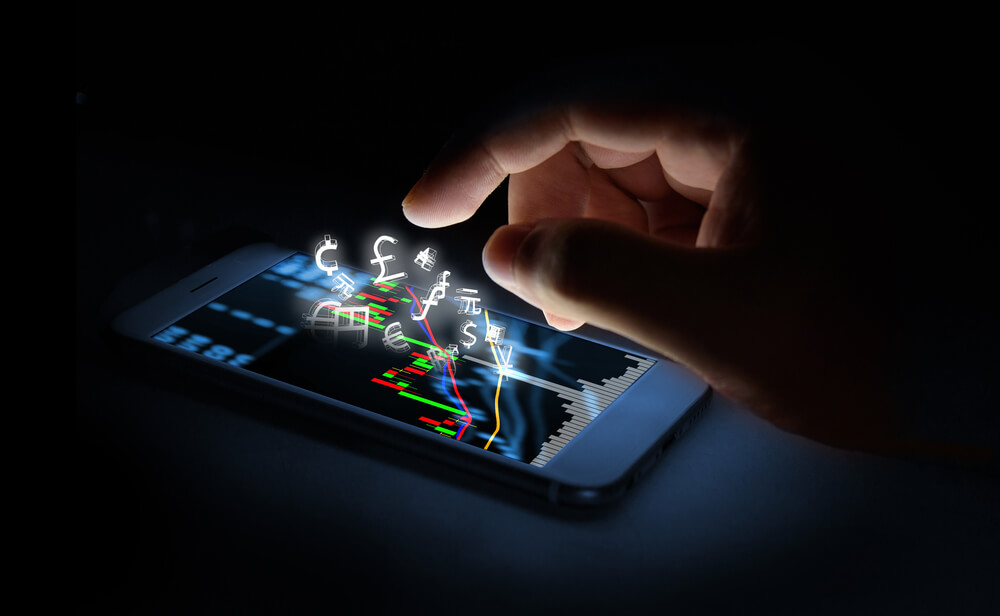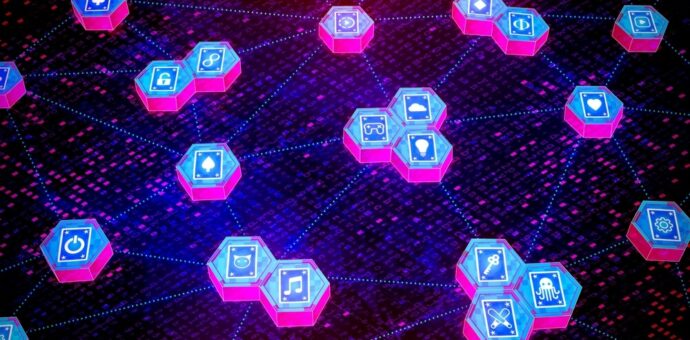The financial system is facing a transition process brought about by the digitalization of the economy. The consolidation of new technologies in the market and the virtual representation of assets have become a new trend in the increasingly digitized economy.
In addition to crypto assets, the tokenization of assets is part of the concept of the new digital economy. Read on to understand more about it!
What is tokenization?

The tokenization process transforms virtually any physical asset, goods, product, or service into a digital asset.
The word token can be translated as a symbol and expresses the cryptographic representation of some security data. Before the tokenization of financial assets, banks already used tokens as access codes to a cryptographically protected data system.
In the crypto market, tokens can be classified as the representation of rights, value, property, or investment. Most often, assets tokenized by blockchain technology are issued and traded via smart contracts.
In practice, tokenization allows you to create a digital representation of a financial asset. This process of digitizing the asset can facilitate market trading, for example, broadening the offering and providing new data management solutions.
In this way, the process of assets tokenization can be understood as an evolution in data management.
What are the types of tokens?
Tokenized assets can be classified in the crypto market according to some specifics, such as project purpose, use as a payment means, benefits offering, and digital arts.
Currently, the classification of major tokens in the crypto market takes place in four main categories: payments, NFTs, utility, and security tokens.
The tokenization process even makes it possible to transform stock market shares into digital assets. In this case, the asset can be classified as a security token.
- Security Tokens
The tokenization process for financial assets serves as a tool to digitalize products that already exist in the market, such as stocks, debentures, debt, and credit securities.
However, this type of token can be classified as a security token. In this case, the digital asset is understood as a security and, therefore, must follow the legislation on offering the token on the capital market.
- Utility tokens
Utility tokens are classified by whether they offer some benefit to the holder of the digital asset. In this case, a token of a soccer team or a promotion of a famous artist can be understood as utility tokens.
Thus, by offering some kind of experience or benefit to the user, utility tokens are created to meet a project’s purpose tied to the asset.
- Payment Tokens
In addition to having a security value and serving a purpose, financial assets can be tokenized as a payment form. Although there is a broad discussion about what tokens and crypto assets are, bitcoin and other digital currencies can also be understood as a payment token, including stablecoins like BRZ.
For example, a specific token can be created by a fan group or a music festival where the payment method is limited to an offer tied to the payment token created.
- Non-Fungible Tokens (NFTs)
For some, non-fungible tokens (NFTs) represent the future of digital art and painting. These assets are known for their graphic representation of a completely digital image created through blockchain technology.
With unique characteristics and reduced issuance, each NFT has attributes that can define its market value, supply, and rarity level. Non-fungible tokens have gone viral in the crypto industry recently, and some assets have sold for as much as US$91.8 million.
What can be tokenized?
The digital representation of a valued asset allows the transformation of any asset into a token. From stock market shares to real estate, digital management of tokens’ data can ‘take on the role’ of any asset.
The most common examples are NFTs. There are non-fungible tokens that represent centuries-old works of art, historical internet memes, and even rare photos of famous people.
Tokenization also serves as a tool to digitize traditional financial market products and tools. It is already possible to trade stocks in tokens, debt and credit securities, and securities.
New market trend

The digitalization of the economy is a process happening in the financial market. Paper money is being replaced by online transactions, along with the increasing use of stablecoins and the central banks’ bet on digital currencies, known as CBDCs.
Within this economy evolution, the tokenization of assets will play an essential role in the digital transition. The president of Brazil’s Central Bank, Roberto Campos Neto, explained that tokenization would be the leading market trend in the future.
Campos Neto believes that “we are migrating to a tokenized economy,” where digital assets should take over the representation of trading assets considered traditional in the financial market.
Therefore, as the digitalization of the economy consolidates, the tokenization of assets should continue its expansion in the financial sector in the coming years. A recent study by MarketsandMarkets Research shows that this market will reach US$5.6 billion by 2026.







